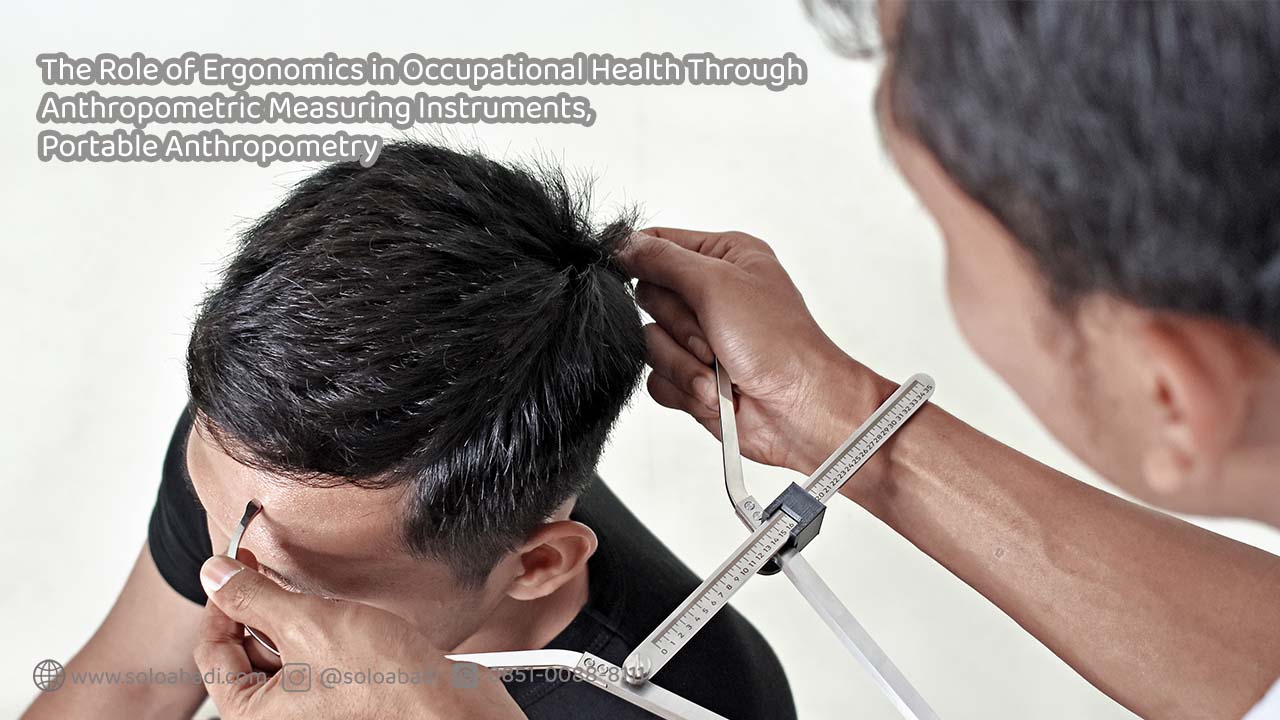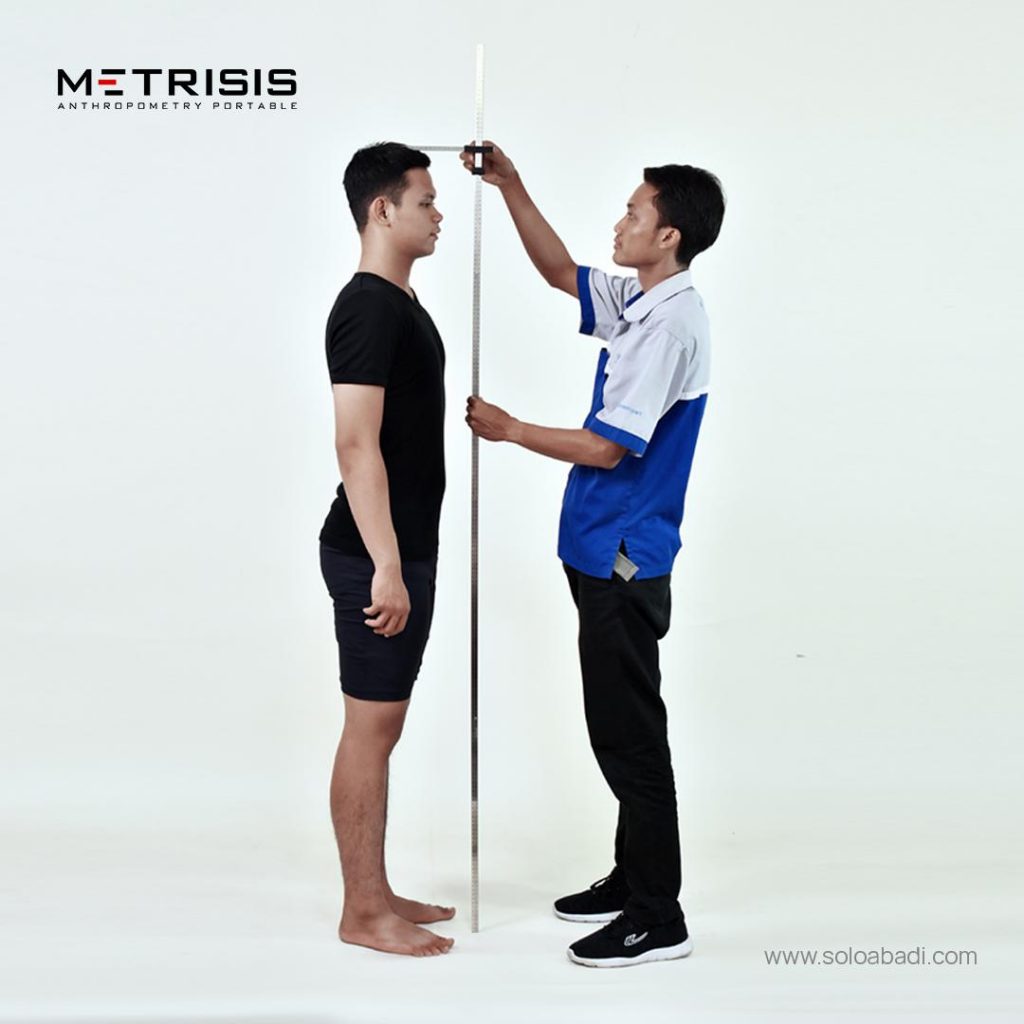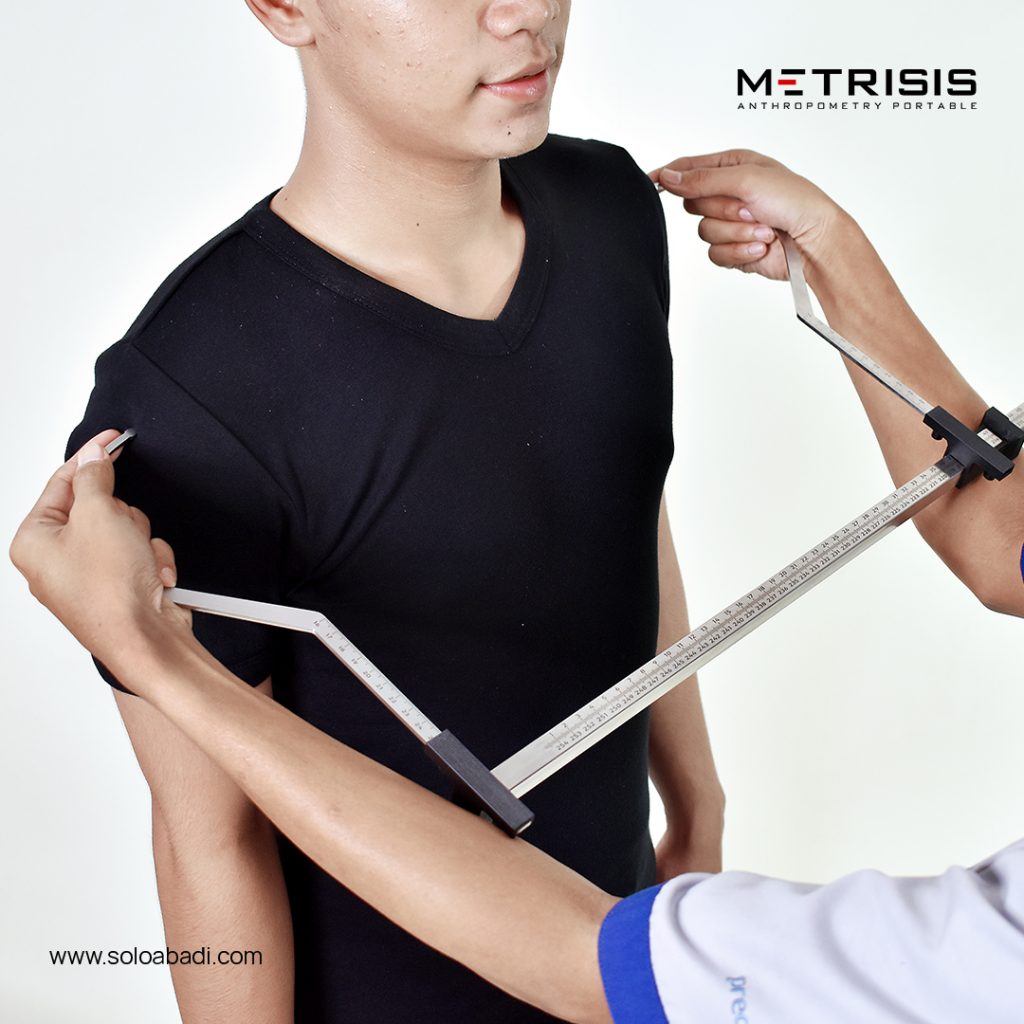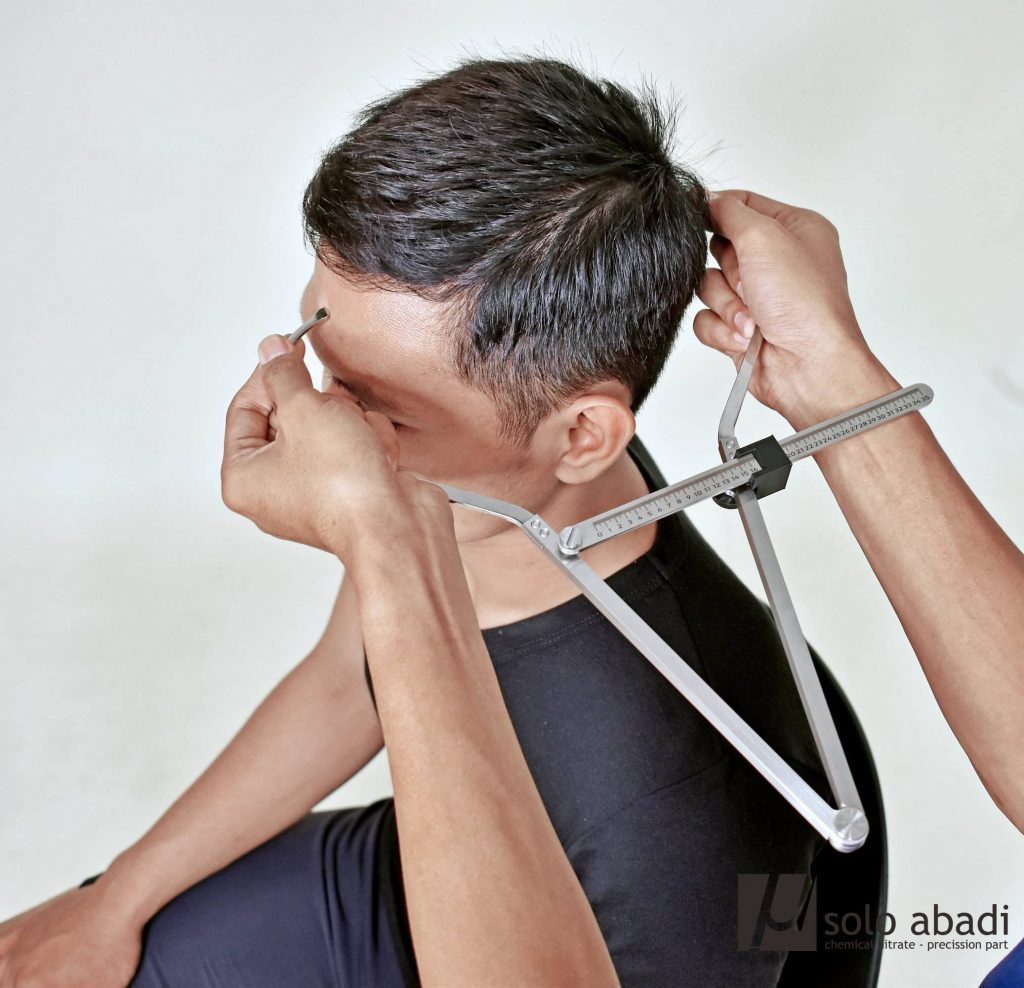Anthropometric dimensions in determining important safety and comfort factors in OSH. This science, which is abbreviated from Occupational Safety and Health, clearly places human beings as its focus. Therefore it is important to involve a study of the dimensions of the human body to create a friendly and safe or ergonomic ecosystem. This study cannot proceed without understanding the role of ergonomics in Occupational Health through the anthropometric measurement tool, Portable Anthropometry.
The Definition of Ergonomics in Occupational Health
Ergonomics is closely related to OSH. The definition of OHS Ergonomics is applying human functional characteristics in the system so as to create an ecosystem that is comfortable and safe for humans. Human functional characteristics in OSH are the ability to sense, respond, remember, the optimum position of the hands and feet. This human characteristic is important to consider considering the various risks that can occur if the human factor is not involved.
Apart from the accompanying work risk factors, the work effectiveness factor is one of the reasons OSH requires an ergonomics study. With ergonomic support systems and facilities and instruments, humans can achieve a level of comfort and safety. However, before discussing further the role of Ergonomics in OSH, you need to know about the ergonomics component.
The Role of Ergonomic Occupational Health Components
- Components between humans and work tools (H-M)
- Interaction between humans and work environment (H-E)
- Interaction between work tools and humans (M-H)
- Interaction between work tools and work environment (M-E)
- Interaction between work environment and humans (E-H)
- Interaction between work environment and work tools (E-M)
The Balance of Ergonomic Role in Occupational Health
The discussion regarding the ergonomics of K3 does seem to overlap. The reason is that both of them place humans at the center and have the same goal, namely to create a comfortable and safe ecosystem when humans are active. Therefore, to form a common thread called “Balance in OSH Ergonomics”
Balance in OHS Ergonomics is a work flow that must be achieved in order to create an effective work system. The balance in ergonomics is divided into Task Demands, Work Capacity which will have an impact on Performance.
A. Task Demand
- Task and Material Characteristics determined by the characteristics of equipment and machines, type, speed and work rhythm
- Organizational Characteristics related to working hours and rest hours, shifting, leave, holidays and management
- Environmental Characteristics related to temperature, light, humidity.
B. Work Capacity
- Personal Capacity which includes age, gender, anthropometry, education, experience, health status etc
- Physiological Capacity related to cardiovascular endurance, muscle requirements, five senses etc
- Psychological Capacity which includes mental ability, reaction time, adaptability and emotional stability Biomechanical Capacity is related to the endurance ability of joints and joints
Read More : Most Common Used Anthropometric Tools in OHS Testing
The Role of Ergonomics in Occupational Health Through Anthropometry
If we reflect on the components and the balance of OSH ergonomics, it can be said that the physical factors caused by humans on their work instruments can affect their performance. Therefore, anthropometric studies need to be involved.
The role of Anthropometry in OSH is to create standards based on human physical conditions so as to achieve the expected level of safety and comfort. Considering that anthropometry is the science of the dimensions of the human body, anthropometric measurement tools are needed to support the study of OSH Ergonomics.
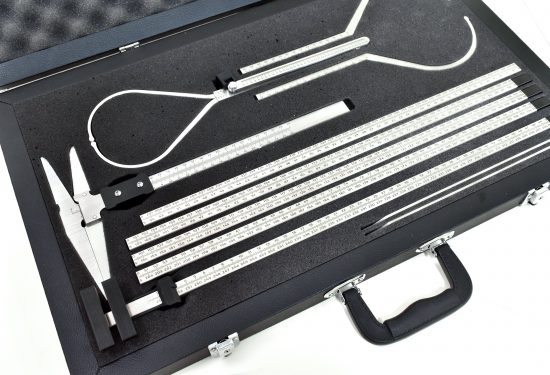
Portable Anthropometry is an anthropometric measuring instrument that can measure more than 100 dimensions of the human body in a standing to sitting position. With the data generated by Portable Anthropometry, the industry can find out the work environment and supporting instruments that are suitable for the workload so that occupational health and safety can be achieved. The reason is that the application of Anthropometric data can be easily found, as is the case in the application of room and chair designs and work desks. Various sectors have also used Portable Anthropometry, ranging from the education sector, especially industrial engineering and health, the sports sector, the military to the aviation industry and space research.
Get The Most Common Used Anthropometric Tools
The most common used Anthropometric Tools are Anthropometry Chair and Portable Anthropometry. These instruments have used in all sectors, including Occupational Health Sector (OHS). Solo Abadi Indonesia fully supports the Government of Indonesia to create innovations in the application of Occupational Health and Safety (OHS) in various sectors in Indonesia. We are the first Portable Anthropometry manufacturer in Indonesia whose quality has been recognized by various institutions both at home and abroad.
Contact our admin for further consultation via WhatsApp and get more information via www.soloabadi.com

